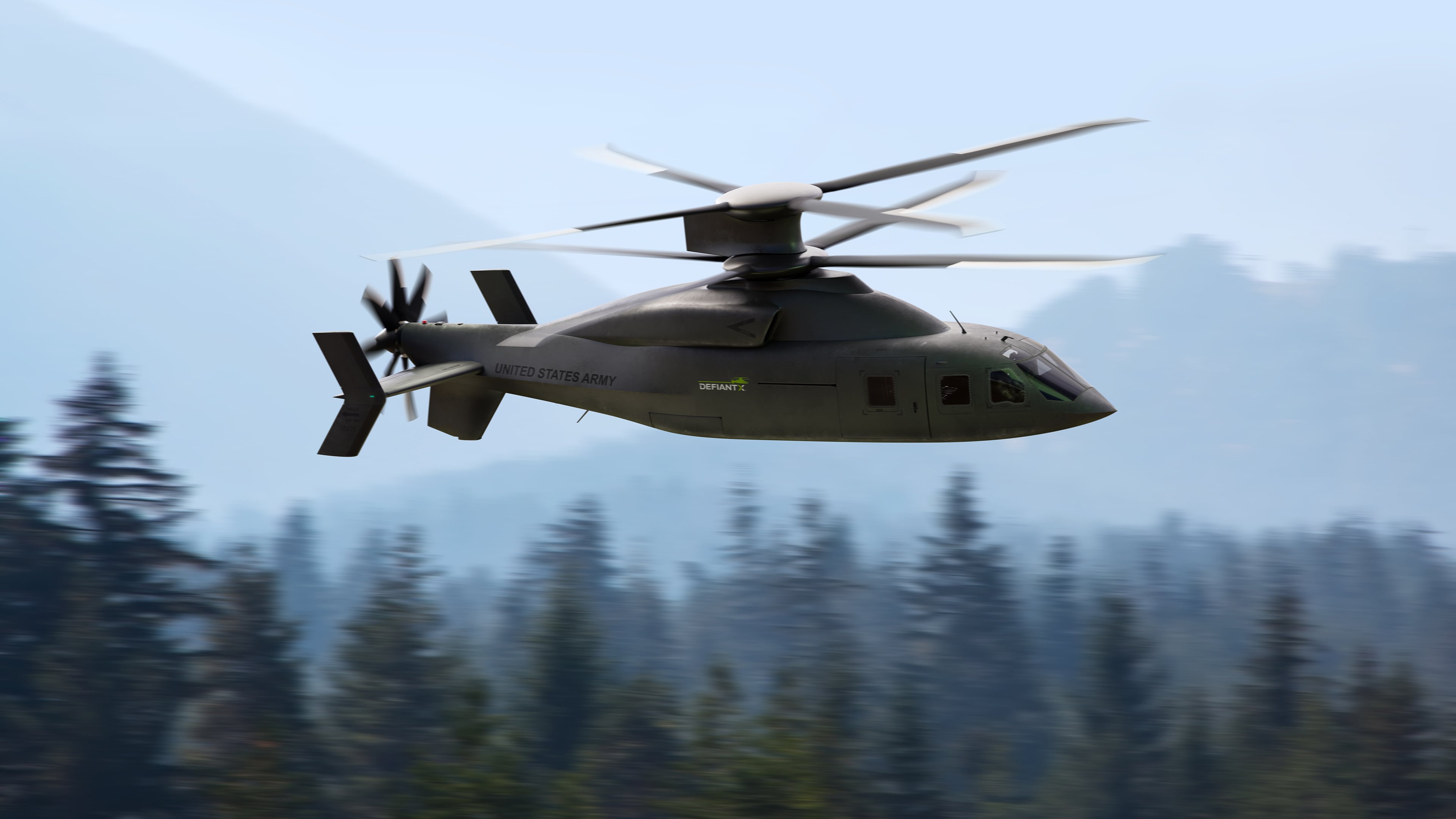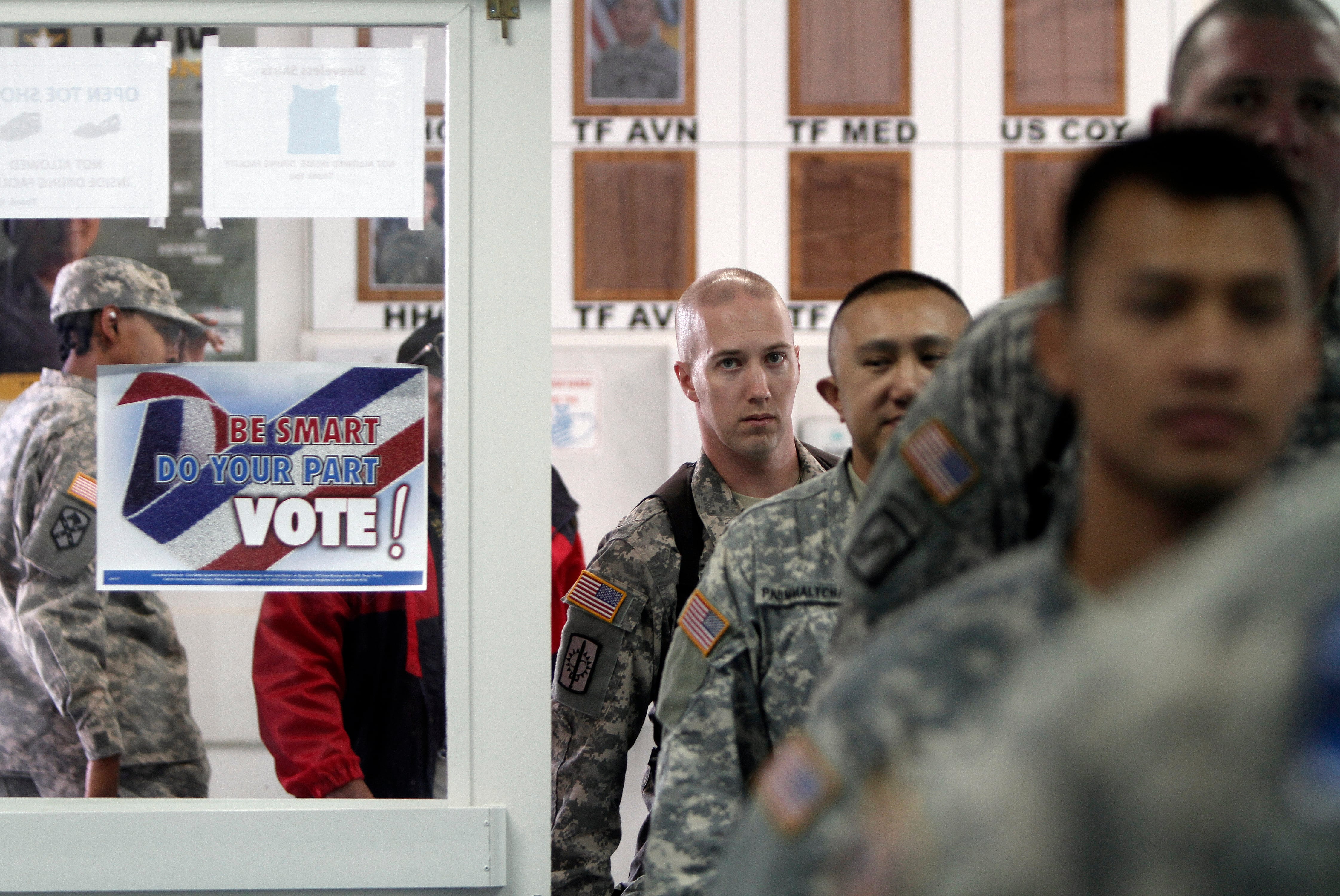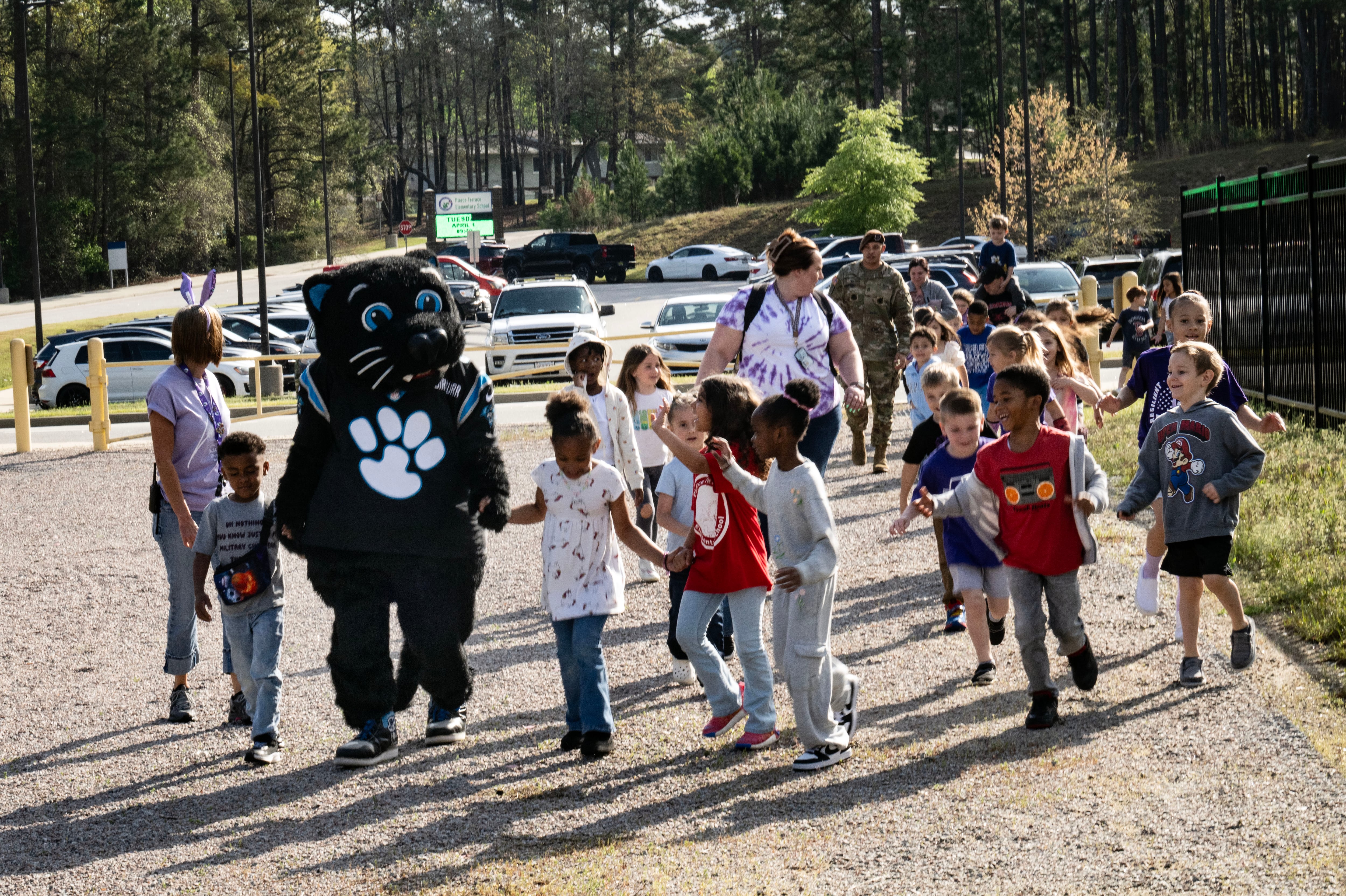As the Army emerges from twenty years of counter insurgency operations, it is refocusing its doctrine and warfighting capabilities to address the threats posed by peer adversaries in the European and Pacific theatres — modernizing its equipment and fielding new capabilities to soldiers.
The Army’s Future Long-Range Assault Aircraft is one of those transformational modernization programs that will provide a game-changing capability the Army does not have today.
The FLRAA program will provide the Army with the ability to fly faster, go farther and potentially carry more payload than traditional helicopters today, specifically the UH-60 Black Hawk it looks to replace. This is a game changer not only for the aviators, but for the ground force commanders.
As a former infantryman and combat commander, FLRAA will provide capabilities I did not have that can project combat power deep into the battle space to surprise and overwhelm the enemy. As the Army reorients toward peer threats, the ability to maneuver combat forces large enough to overwhelm and surprise the enemy is absolutely critical.
RELATED
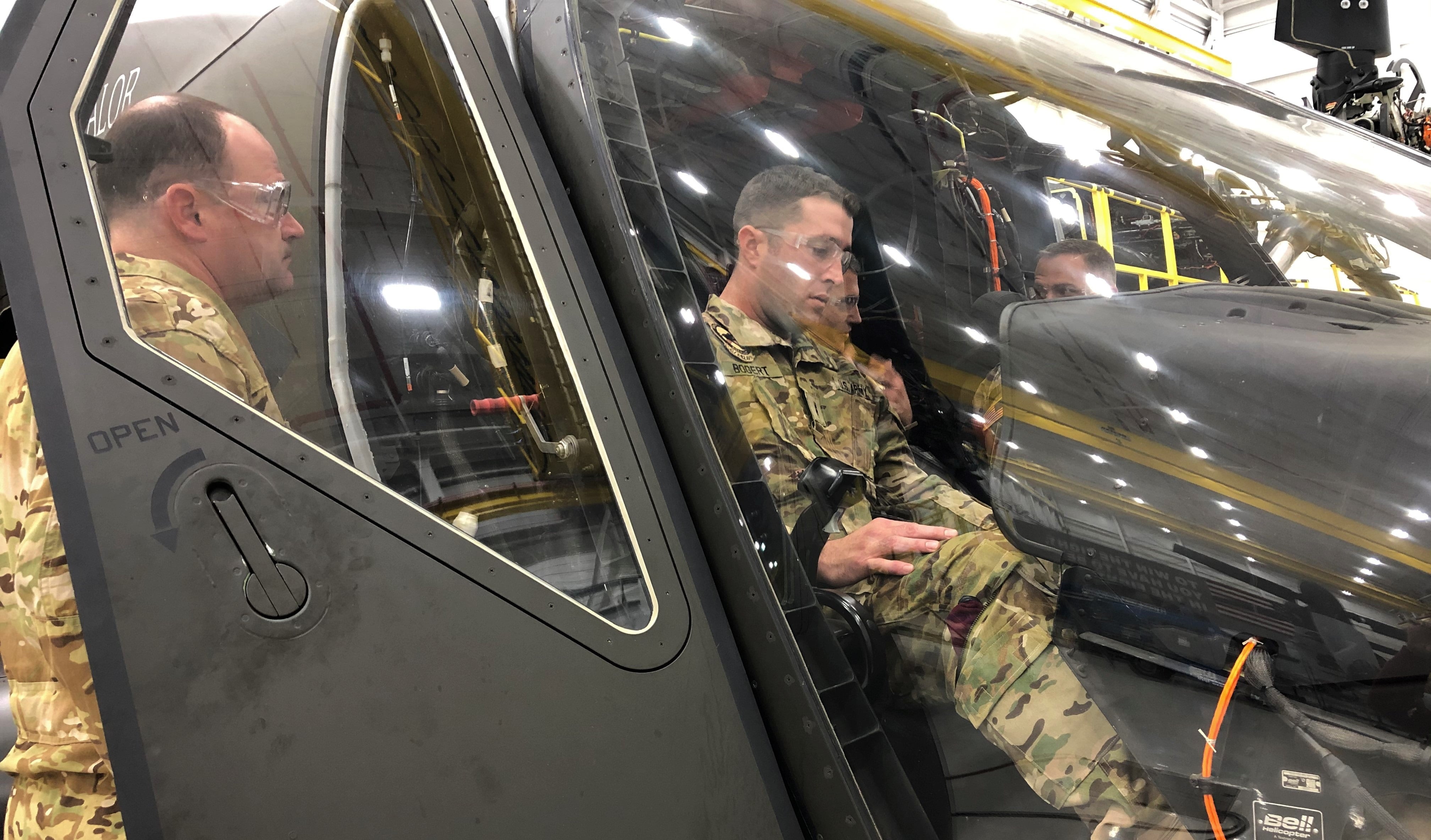
I commanded in Iraq and Afghanistan and conducted air assault operations routinely. Helicopters allowed me to maneuver around terrain and mass combat power on the objective — many times in very tight places — and completely overwhelm the enemy. In fact, the ability to mass combat power, infantry and equipment, directly onto the objective is the key tenet of an air assault operation.
Massing force on the objective overwhelms the enemy, catches him off guard, and allows for a quick and successful outcome. Future conflicts will require flying deep into enemy territory, making the need to mass combat power in tight and confined areas, like urban environments, even more important. When soldiers get off the aircraft in a “hot” landing zone, they want all their buddies with them. They cannot afford to wait for reinforcements. As the Army considers options for FLRAA, the ability to quickly mass combat power reduces operational risk, increases survivability and ensures success.
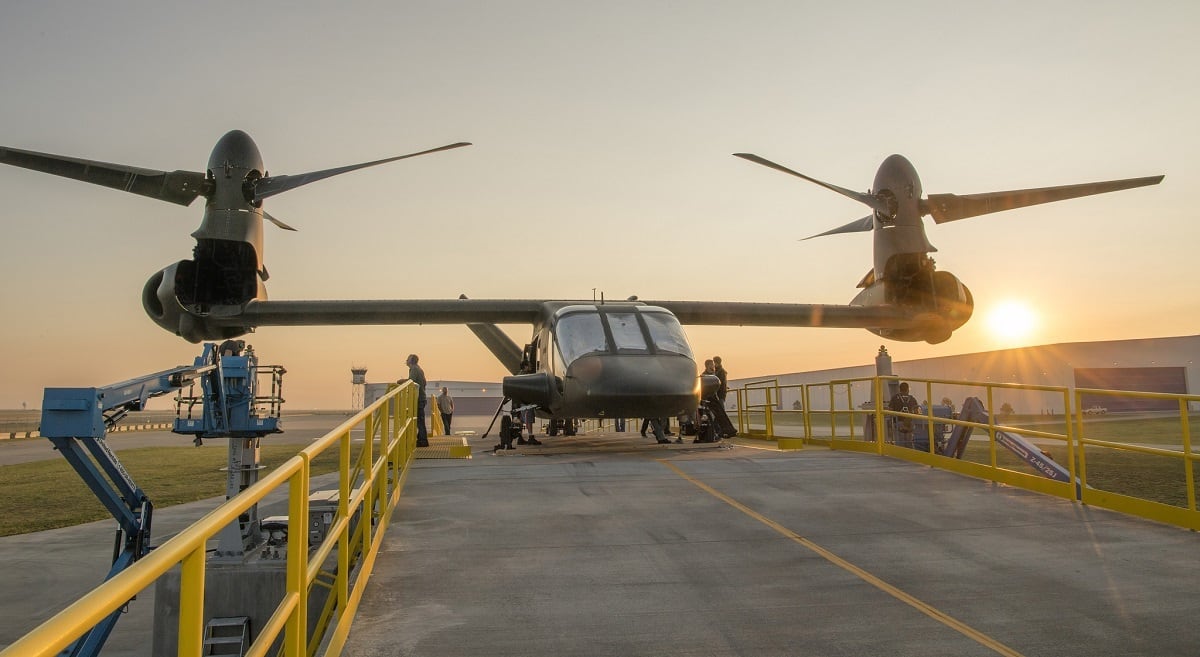
Another key attribute FLRAA will bring to the ground commander is the ability to operate in and around the objective area with greater lift capability and range. It is important that the next aircraft have increased capacity to sling load vehicles, heavy artillery, all classes of supply and conduct casualty evacuation with speed and precision.
One of the challenges I had in Afghanistan was getting soldiers and equipment across mountain ranges or into landing zones at high altitude and hot temperatures. The UH-60 Black Hawk helicopter, which is smaller in size, more numerous and less expensive to operate, simply did not have the power to do the traditional assault and resupply mission in these environments. This required the use of the CH-47 Chinook, a very capable, large helicopter, to perform “Black Hawk” missions.
RELATED
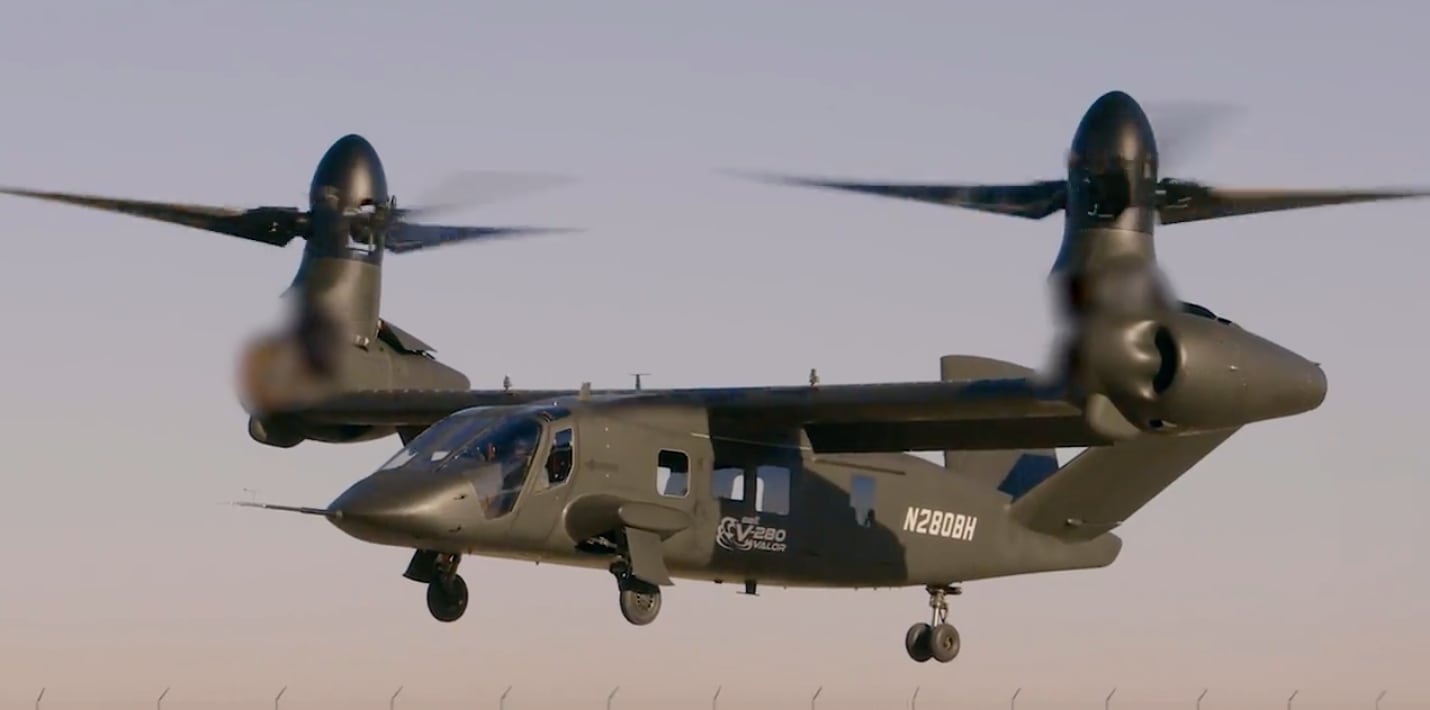
These terrain challenges will remain in both the European and Pacific regions where heat and altitude limit aircraft performance. If the FLRAA, for example, can conduct an artillery raid with an M777 howitzer, its crew and ammunition to a remote location to support combat operations, that is a game changer and true combat multiplier. If FLRAA can get those mission critical items into more confined areas faster, it frees the heavy lift CH-47 for other missions the Army needs it to do.
Today, we are facing a persistent, peer threat where we must plan to fight without air or logistics dominance. As I write this, over 100,000 Russian troops are massed on Ukraine’s borders in modernized formations and equipment, with extensive air defense, long-range artillery and rockets. NATO is strengthening its capabilities along its eastern flank to deter Russian aggression and to be prepared for potential Russian operations into NATO territory.
If the Army has to fight, this won’t be counterinsurgency — this will be high-intensity war in multinational formations in a heavily contested electronic warfare environment against a very lethal enemy. More than ever, we need the next generation long-range air assault aircraft, the namesake of the program, to have the transformational capacity to mass soldiers and equipment onto an objective, achieve the element of surprise and serve as a true combat multiplier. We needed FLRAA yesterday.
Lt. Gen. (Ret.) Ben Hodges is the former commander of U.S. Army Europe. He currently holds the Pershing chair in strategic studies at the Center for European Policy Analysis.
